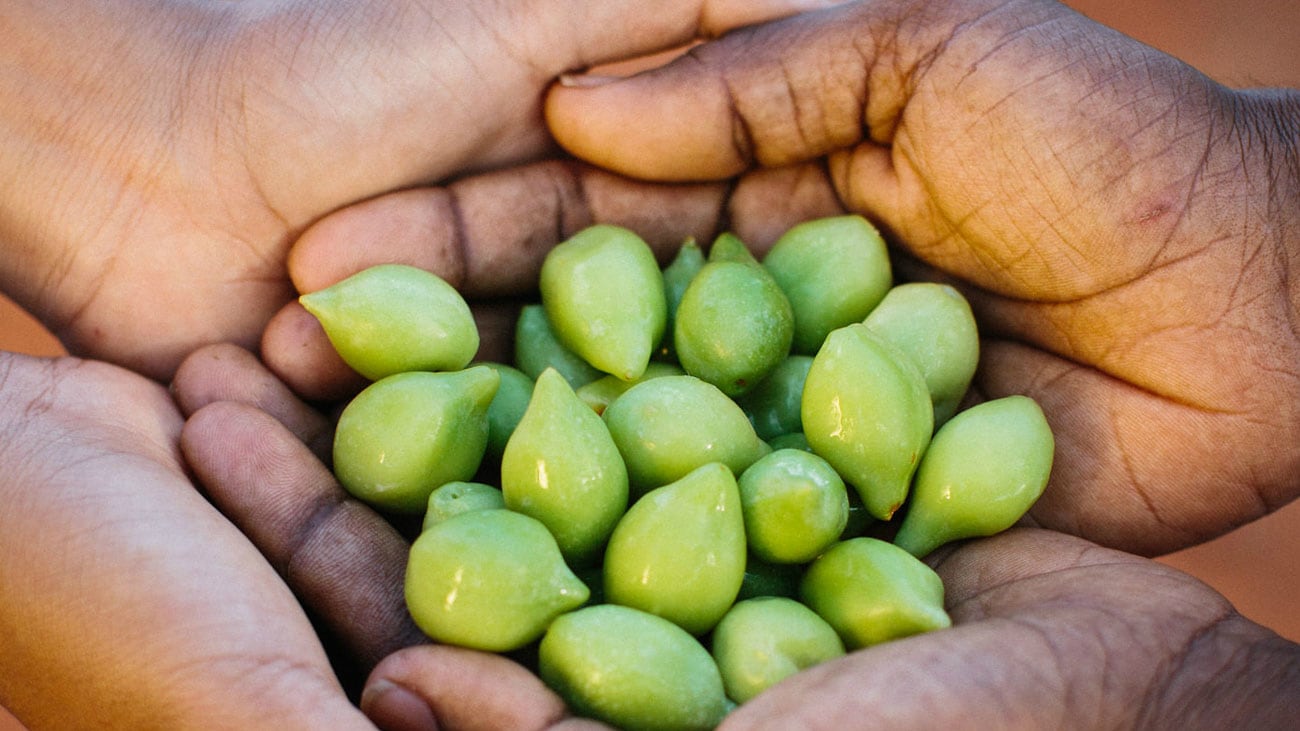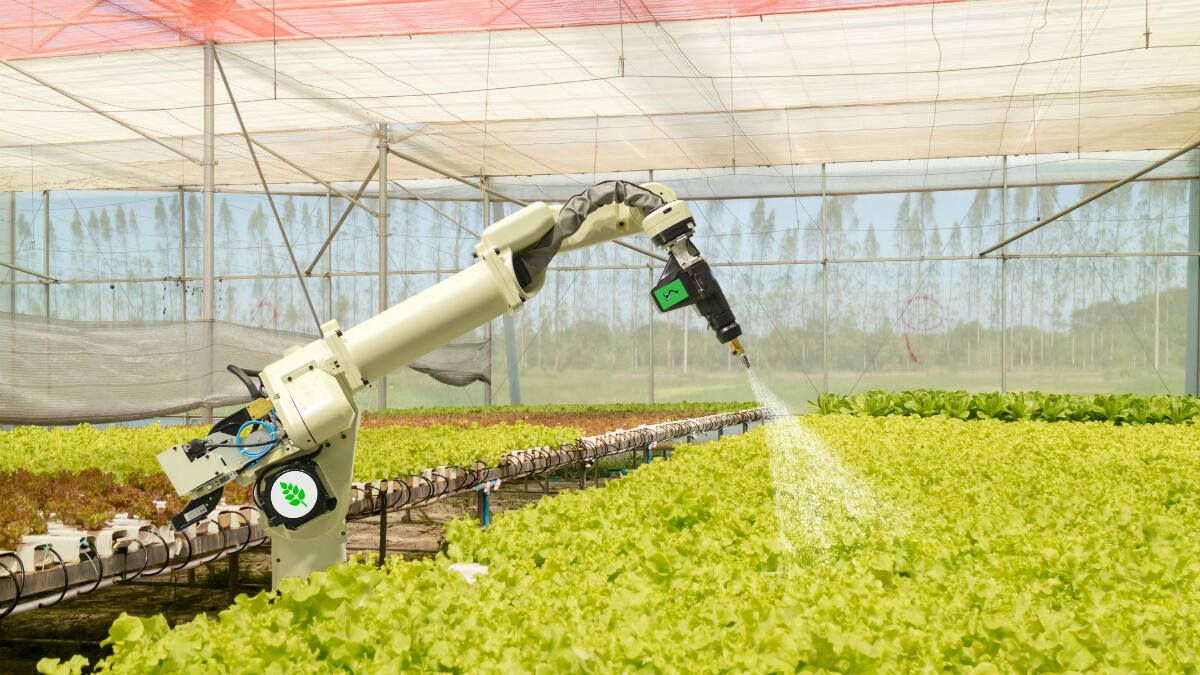In August, a $2.7m project was announced to expand the Kakadu plum industry in Northern Australia, with the aid of a $500,000 grant from the government.
Minister for Resources and Northern Australia Matt Canavan and Assistant Minister for Science, Jobs and Innovation Zed Seselja said the Cooperative Research Centre for Developing Northern Australia (CRCNA) was providing the funding as part of a three-year project.
Participants in the project include Indigenous Resource Centres and Communities, the University of Queensland, the Kimberley Institute Limited, Charles Darwin University and Kindred Spirits Enterprises.
History and research
The fruit has been eaten fresh or sun-dried for thousands of years during the wet season by indigenous people in the region. In fact, it was also used to treat skin problems, such as bacterial and fungal infections.
The sap of its tree was also consumed for medicinal purposes, and the bark used for skin conditions after being soaked in water. Even its seed was prised open for the kernel inside, which was also eaten.
The fruit's nutritional and medical benefits, as well as its potential as a preservative, has attracted attention from a growing number of researchers, with several studies reporting that it is among the world's richest naturally occurring sources of vitamin C.
Food scientist associate professor Yasmina Sultanbawa, a principal research fellow with the Queensland Alliance for Agriculture and Food Innovation at the University of Queensland, said, "The Kakadu plum is only the size of an olive but is packed with vitamin C, (as well as) antioxidant and antimicrobial properties."
She has been researching the Kakadu plum since 2010, and she and her team were recognised for their efforts at the Business and Higher Education Round Table (BHERT) awards late last year.
The team has been working with indigenous communities and the Kakadu plum industry to develop an extract from the plum that can be used to extend the shelf life of foods.
She added that she uses gubinge powder to bake wattleseed yeast bread, and its puree to make drinks.
A growing industry
In Australia, many consumers buy Kakadu plums in the form of jam, or gubinge powder, the latter often used in smoothies and baked goods. These items are mostly available online or at specialist retailers, with some even selling gubinge wafers. Puréed and frozen versions are available on a wholesale basis.
However, harvesting the plums requires a great deal of logistical effort, especially at the height of the hot and humid wet season.
It grows only in coastal tropical parts of Northern Australia — between Broom and the Gulf of Carpentaria — and about 20 tonnes are harvested annually.
This supply may soon be insufficient, as Sultanbawa estimated that demand would grow by approximately 10% yearly, thanks to niche industries using Kakadu plums in food and drink, as well as skincare.
As such, despite the Kakadu plum's high nutritional content, its potential for use in supplements and functional foods is being hampered.
Yielding results?
To further explore the potential of these plums and increase supply, however, Kimberley Wild Gubinge, a local, Aborigine-run business that harvests and sells the fruit, is planting more trees and using tourism to promote gubinge.
The company, founded by Lenny O'Meara — a Bardi / Kija man who grew up around the Kimberley region — harvests the fruit and sells it in powder and wafer form on its website, as well as in shops frequented by tourists, in line with the Australian government's initiative to use gubinge to drive tourism to the country.
Tourists are encouraged to visit Kimberley to learn more about how gubinge is grown, harvested and processed, and of course, to buy the finished products made from gubinge.
Co-founder Jacinta Monck told NutraIngredients-Asia: "Because of the plums' high vitamin C content, we need special processing equipment to harvest and process gubinge, which adds to the labour-intensive nature of the business and costs involved.
"However, we do run a programme whereby we are planting and growing gubinge trees on our property to increase yield, instead of clearing additional land to do so. We aim to plant more trees over the next five years, and possibly diversify our product range."
While Kimberley Wild Gubinge currently sells gubinge in the form of healthy snacks, it would also like to branch out into developing dietary supplements using the plum in future; right now, regulatory and funding issues are keeping the firm from doing so.
Monck said, "We would love to produce health supplements using gubinge, but it costs a lot of money to have such products approved by the TGA.
"Still, more and more research is showing how rich gubinge is in antioxidant and fibre content, with some claims that it even has anti-cancer properties. So if the TGA or another government organisation would like to provide funding (to develop health supplements from gubinge), we wouldn't say 'no'.
"We are certainly also open to other companies and organisations contacting us to work together to develop such products, and we do hope to attract interest from outside of Australia so we can bring our products overseas."



